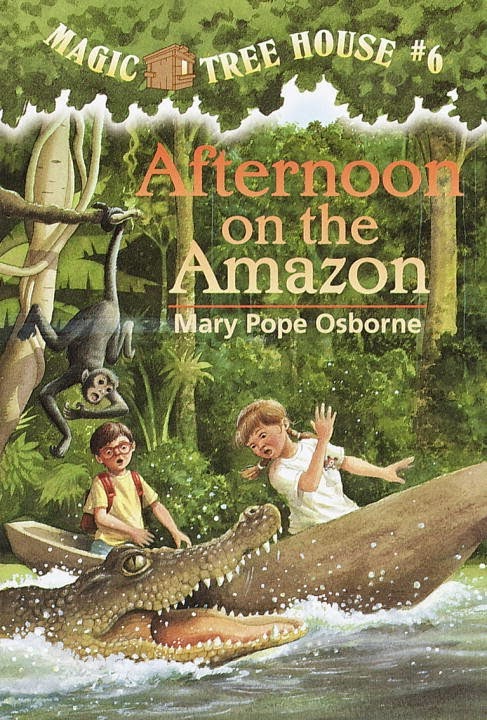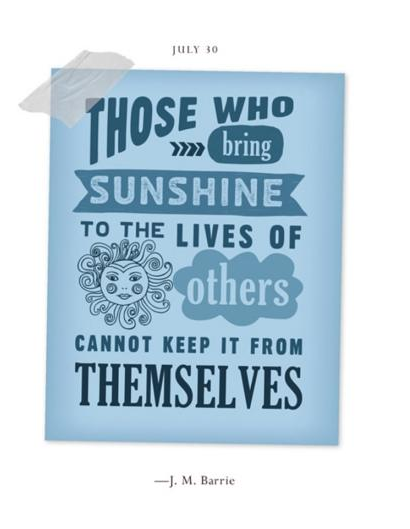Leroy Ninker Saddles UpLeroy may be a small man, but he has big dreams of being a cowboy--a real cowboy like he sees in the movies. But--as his coworker at the drive-in movie theater tells him--every cowboy needs a horse. He's got to "take fate in (his) hands and wrestle it to the ground." And with this inspiration, Leroy sets out to find himself a horse and a loyal friend.
by Kate DiCamillo
illustrated by Chris Van Dusen
Candlewick, 2014
Google Books preview
Your local library
Amazonages 5-9
*best new book*
When Leroy finds Maybelline, we wonder if she's the right horse for him. We can certainly see in Van Dusen's drawings that she doesn't look like an ideal horse. And yet, Leroy understands exactly what she wants: plenty of compliments, lots of food and loyal companionship. That isn't too much for anyone to ask, is it?
Leroy and Maybelline's mishaps, from a tiny apartment balcony to a rain-sodden chase scene, will bring lots of laughter from listeners and readers alike. But it's Leroy's devotion and Maybelline's happiness that will stick with readers. Just look at him bounding over this fence as he races to find her:
Leroy Ninker Saddles Up is a longer chapter book than the Mercy Watson series. It will make a great read-aloud to first graders who are reading Mercy Watson on their own. Second and third graders who loved Mercy last year will get a hoot reading Leroy Ninker now. There's definitely more text, fewer illustrations and more challenging words.
If you want to explore, read some of Leroy Ninker Saddles Up in the Google Books preview:
The review copy was kindly sent by the publishers, Candlewick Books, but I've already purchased three more copies to share with teachers and families. If you make a purchase using the Amazon links on this site, a small portion goes to Great Kid Books. Thank you for your support.
©2014 Mary Ann Scheuer, Great Kid Books



























